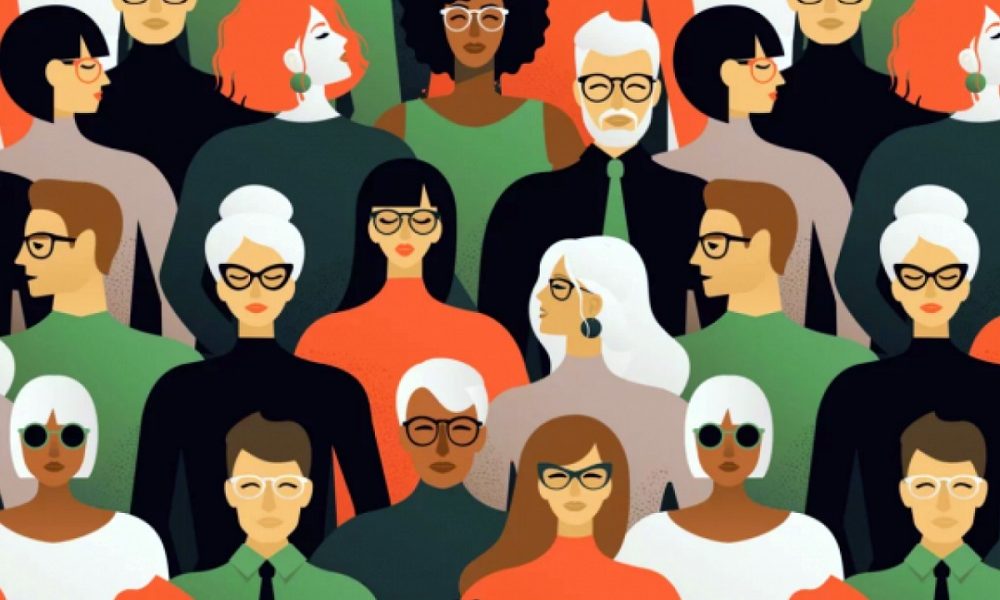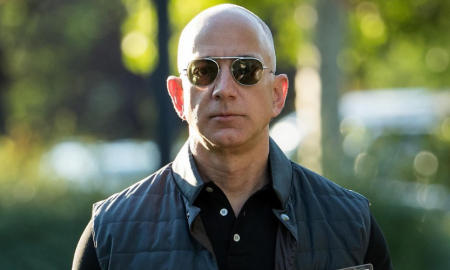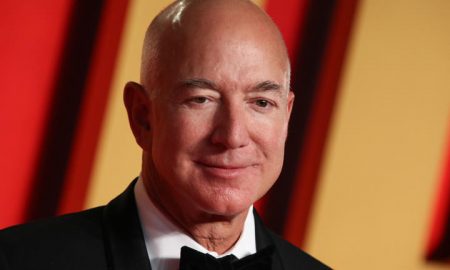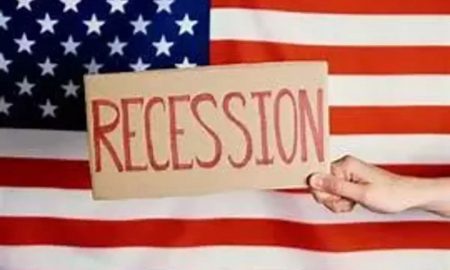
Ageism And Gender

Ageism and gender discrimination are pervasive social issues that affect individuals across generations. Ageism refers to prejudice and discrimination based on a person’s age, while gender discrimination refers to the unequal treatment of individuals based on gender. When these two forms of bias intersect, they create unique challenges and barriers for individuals.
In this article, we will explore the intersection of ageism and gender, examine the manifestations of discrimination, and discuss the importance of addressing these issues for a more inclusive and equitable society.

Richard Eisenberg/ Healthline | Globally, 1 in 2 people are ageist against older people
Stereotyping and Cultural Expectations
Both ageism and gender discrimination involve stereotyping and cultural expectations. Older women, for instance, may face gendered ageism, experiencing societal pressure to conform to traditional gender roles that limit their opportunities for career advancement or personal fulfillment. Similarly, young women may encounter ageist attitudes that dismiss their abilities and undermine their credibility based on assumptions of inexperience or lack of knowledge.
Employment and Economic Implications
Ageism and gender discrimination intersect in the workplace, resulting in employment and economic disparities. Older women may experience difficulty finding new employment opportunities due to age-related biases. In comparison, younger women may face challenges in career progression due to gender stereotypes and biases that limit their leadership opportunities. This intersectional discrimination can perpetuate the gender wage gap and hinder financial independence across generations.

TRICIA CUSDEN/ GETTY IMAGES | Age is one of the first things we notice about other people
Media and Representation
Media plays a crucial role in shaping societal perceptions and reinforcing ageist and gendered stereotypes. The media often perpetuates youth-centric ideals of beauty and success, disproportionately showcasing younger women and marginalizing older women. This lack of diverse representation fuels ageism and gender discrimination, affecting self-esteem, societal attitudes, and opportunities for women of all ages.
Healthcare and Age-Gender Bias
Age and gender biases can also influence healthcare experiences and outcomes. Older women may face underdiagnosis, undertreatment, or dismissal of their health concerns due to ageist and gendered assumptions. Younger women, particularly those in marginalized communities, may encounter barriers to accessing reproductive healthcare or be subjected to age-related restrictions that limit their autonomy and decision-making.

Getty/ Forbes | t older women face significant age discrimination in the entry-level job market
Caregiving and Intergenerational Relationships
The intersection of ageism and gender discrimination often manifests in caregiving responsibilities. As they age, older women may experience additional caregiving burdens due to societal expectations and traditional gender roles. On the other hand, young women may face pressure to balance caregiving responsibilities for children and aging parents, impacting their personal and professional lives. These dynamics underscore the need for supportive policies, flexible work arrangements, and shared caregiving responsibilities.
Empowering Intergenerational Collaboration
Addressing ageism and gender discrimination requires fostering intergenerational collaboration and creating spaces where experiences and perspectives are valued regardless of age or gender. Encouraging mentorship programs, intergenerational dialogue and initiatives that promote inclusivity and diversity can dismantle biases, challenge stereotypes, and foster mutual understanding and respect.
Policy Interventions
Legislation that promotes equal pay, workplace flexibility, and safeguards against age-based discrimination can create more inclusive and equitable work environments. Additionally, policies should be implemented to ensure comprehensive healthcare access for individuals of all ages and to support women’s economic empowerment across generations.
Educational Initiatives
Incorporating age and gender awareness in school curricula, promoting intergenerational dialogue, and encouraging critical thinking can help combat stereotypes, foster empathy, and create a more inclusive society. Education also empowers individuals to challenge biases, advocate for their rights, and foster respect for people of all ages and genders.
More in Business & Finance
-
`
Curious About Travis Kelce’s Net Worth? Here’s the Scoop!
Travis Kelce’s name echoes through NFL stadiums, synonymous with athletic prowess and electrifying plays. But beyond his touchdown celebrations and record-breaking...
June 10, 2024 -
`
Everything You Need to Know About an Assumable Mortgage
What is an Assumable Mortgage? Whether you are a buyer or a seller, understanding the concept of assumable mortgages can open...
June 6, 2024 -
`
Layoff vs. Fired – Understanding the Crucial Differences
When it comes to job loss, understanding the distinction between being layoff vs. fired is crucial. While both situations result in...
May 30, 2024 -
`
When Are Business Taxes Due 2024? Essential Dates and Deadlines
Tax deadlines can be daunting, but fear not! Let’s break down everything you need to know to stay on top of...
May 22, 2024 -
`
How Much Does Jeff Bezos Make Per Hour? It’s More Than You Think!
Jeff Bezos, a name synonymous with innovation and wealth, stands as one of the world’s richest individuals. While Bernard Arnault and...
May 16, 2024 -
`
What is Portfolio Investment Entity (PIE) and How Can it Benefit You?
In the intricate world of finance, individuals seek avenues to optimize their investments while minimizing risks. One such avenue gaining traction...
May 9, 2024 -
`
What is a Bank Statement? Understanding its Definitions, Benefits, and Prerequisites
Ever wondered where your money goes? A bank statement is like a financial report card, giving you a clear picture of...
April 30, 2024 -
`
Branded Content: A Genuine Way to Connect With Your Audience
Have you ever binge-watched a series on Netflix, only to later realize that the beverage everyone’s sipping on is that brand...
April 23, 2024 -
`
What Car Does Jeff Bezos Drive? Find Out Inside His Exclusive $20 Million Collection
Have you ever wondered what car does Jeff Bezos drive? This man’s tastes in vehicles are as expansive as his business...
April 17, 2024















You must be logged in to post a comment Login